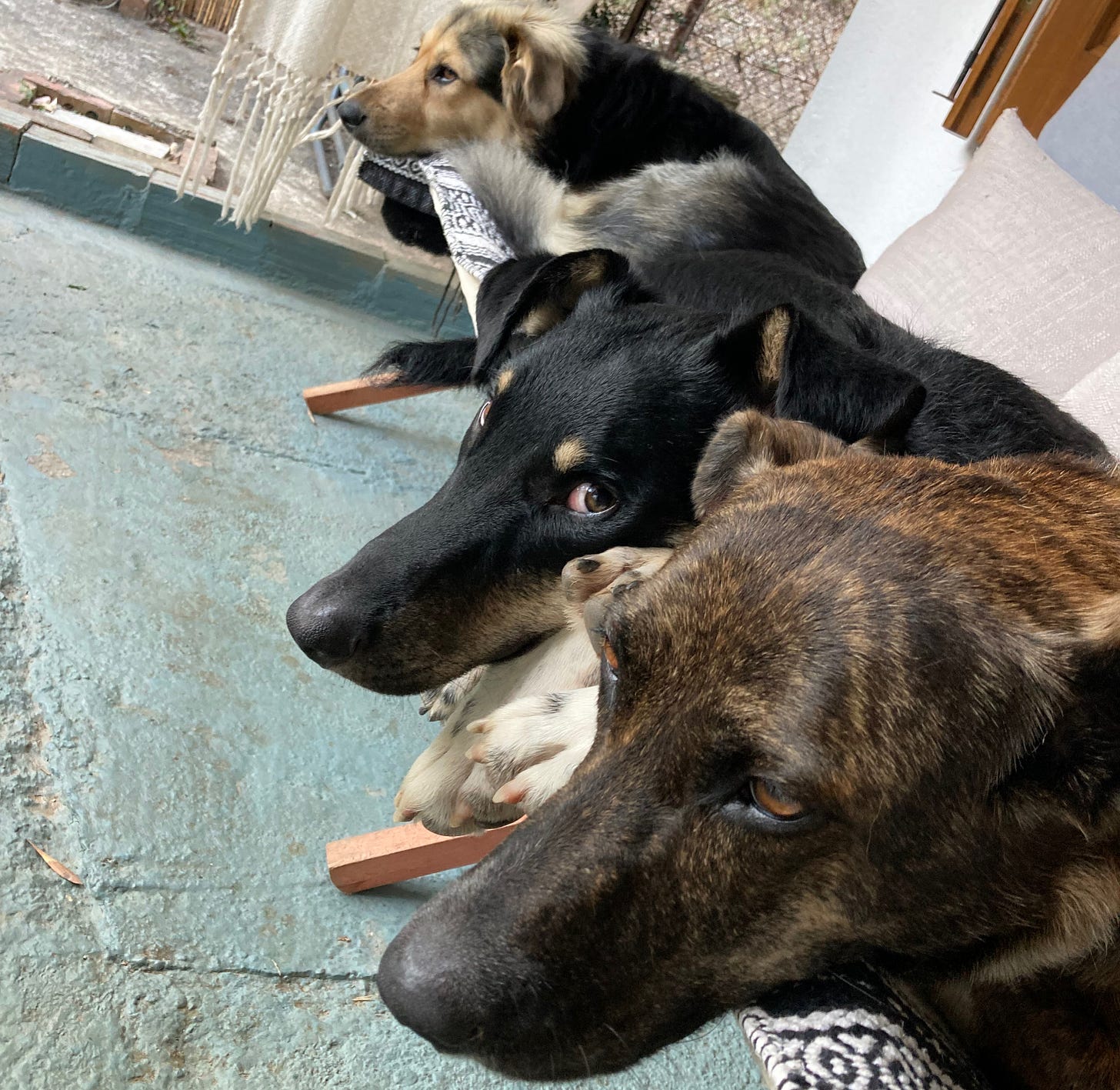Dog Days Quick Hits
Thank you O Cloud Gods for finally bringing the monsoon, or at least some cooling afternoon rain to the Four Corners Country. I don’t know that it will bring the end of the Dog Days, but at least it’s some moisture to replenish the rapidly drying soil and bring the streams back up for a few days.
⛈️ Some places further West go…
Keep reading with a 7-day free trial
Subscribe to The Land Desk to keep reading this post and get 7 days of free access to the full post archives.


